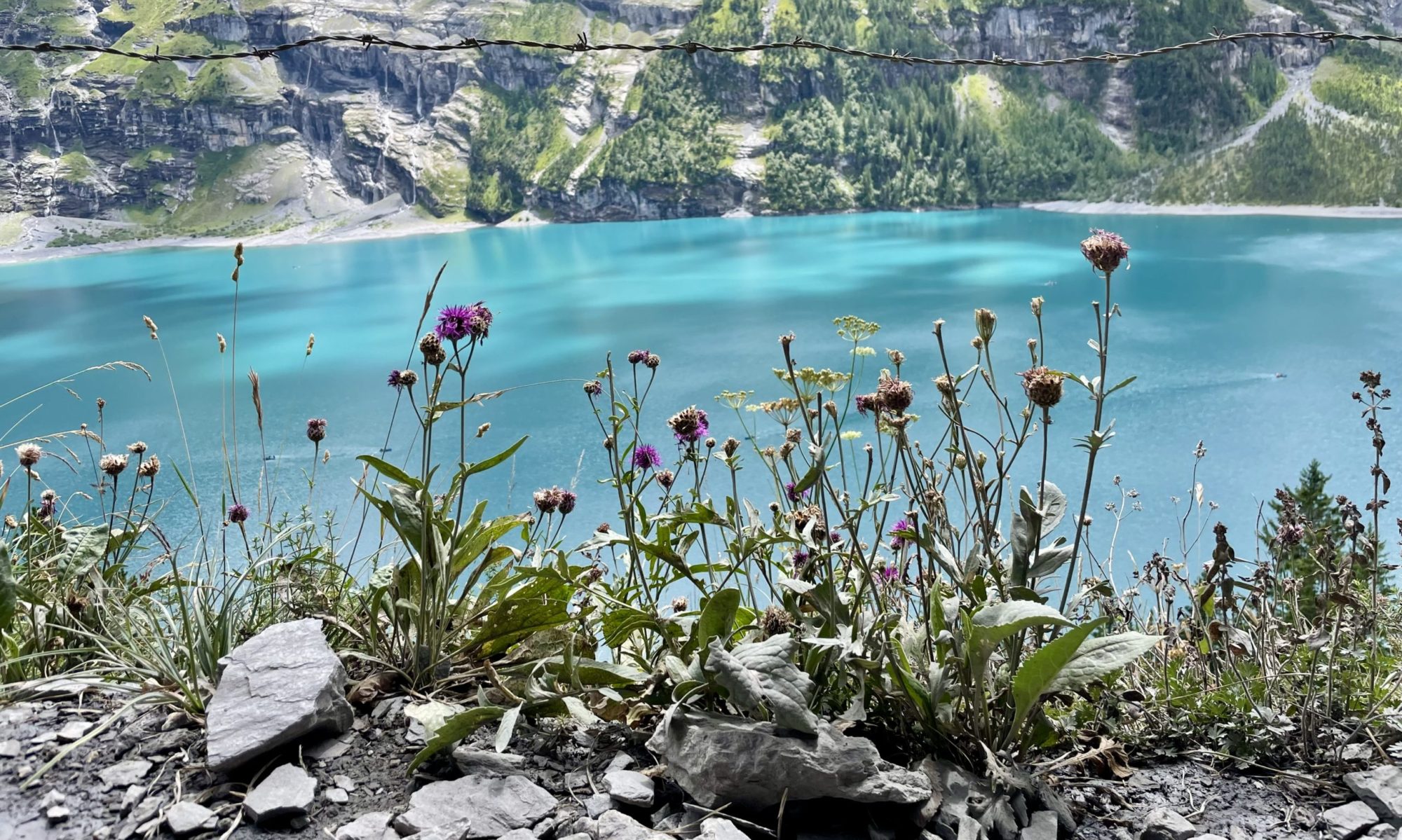Where I live and where I come from, there has been a lot of snow blanketing the landscape in the last few days, and I love it. I love watching it coming down, sometimes slow and fluffy flakes, sometimes small ones furiously dancing in the wind. I love the crunchy noise it makes under the boots and general feeling of joy it brings to people.

What is snow
As we all know, snow is made of frozen water that crystallises in the atmosphere. In warmer condition, when temperature decreases in the atmosphere, water vapour in the clouds start to condensate into droplets of water. Eventually the droplets become big and heavy enough to start raining. If the temperature is cold enough, droplets of water might then freeze into fleet or slush.
To form snowflakes, water vapour needs to sublimate, which means that it needs to become solid without passing through the liquid phase. In order to sublimate, water vapour needs a solid substance on which to crystallise. This solid substance is called an ice-nucleus and it is usually a speck of dust, or pollen, or even a bacteria cell. Remember that, next time you are tempted to look up and let snowflakes fall directly into your open mouth.
Bacterial ice-nucleus
Prof. David Sands from the Montana State University, USA, discovered in 1982 that a particular type of bacteria called Pseudomonas syringae acts often as ice-nucleus1. Since then, other bacteria with the same capacity have been discovered2. But P. syringae has been studied in particular because it is also a major crop pathogen and as such has important economical impact. Studies have shown that this bacteria is present in all sorts of environments: on crops as well as in the natural environment3 , on plants as well as in rain, clouds and snow, and even at more than 3500m altitude at the Jungfraujoch, in the Swiss Alps4.

No two snowflakes are alike
It is said that there are no two snowflakes that are alike. Let’s try and understand why by considering some numbers. In a snowflakes there are approximately 10 quintillions of molecules of water. I had never heard of quintillions before, but it means 1 billion of billions (1019). So in any snowflake we can expect to find 10 billions of billions of molecules of water.
The position of each molecule in the formation of the crystal influences the shape of the snowflake. Temperature and humidity in the environment as the snowflake is created also determine the type of crystal that each molecule forms. But temperature and humidity also change during the fall of the flake through the sky. By the time the snowflake has reached the ground, who knows how many times it has changed shape and dimensions. Considering all of the above, we can easily conclude that the probability of two snowflakes being the same is practically zero.
Prof. Libbrecht, from the California Institute of Technology, has spent many years studying and recreating snow crystals in the lab. He recreated environmental conditions necessary for the formation of snow using different combinations of humidity and temperature3 and the results are quite spectacular. Below is an example of pictures from his work that you can admire here.

The powers of Pseudomonas syringae
There is a big difference between the way that bacteria and a speck of dust or pollen make snow. It takes an atmospheric temperature of -37°C for water vapour to sublimate around dust or pollen. By contrast, this bacterium has the capacity of reducing the necessary temperature down to a few degrees below zero. This is due to a protein produced by P. syringae that modifies the configuration of the bacteria cell surface.
The properties of this protein have been used to create artificial snow. Indeed, ski resorts use it in snow cannons to produce artificial snow and improve the snow cover of their resort.
There are in average around a thousand bacteria cells in a cubic metre of air, depending on the altitude, latitude, season, environment, etc. but their survival is often limited by some atmospheric conditions, and in particular the exposure to UV radiation. P. syringae appear to be significantly more resistant to the effect of radiation6. This resistance could explain how they seem to be able to survive at surprisingly high altitudes and to travel all over the world. But it also opens up a lot of questions about P. syringae‘s possible role in the functioning of the weather and the cycle of water7 , especially in light of the changes in precipitation patterns and frequency expected as a consequence of the climate change that we are starting to witness.
A final thought
Pseudomonas syringae is certainly a problem for crops, but sometimes the impact of a species on the environment, even one so tiny as this bacteria, is much more complex than we could imagine. I’m beginning to believe that nothing in life happens without the implication of some microorganism or another, and we should put a break on the tragic biodiversity loss we are experiencing, before one apparently insignificant species disappearance might start a series of catastrophic events. From the words of Sir. David Attenbourough “The only way to save a rhinoceros is to save the environment in which it lives. Because there’s a mutual dependency between it and millions of other species.”
